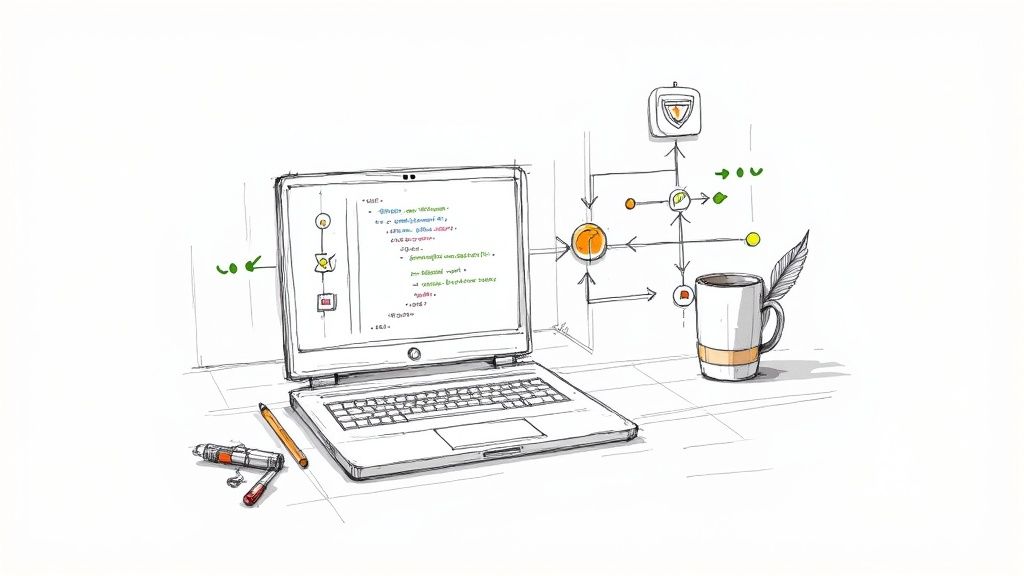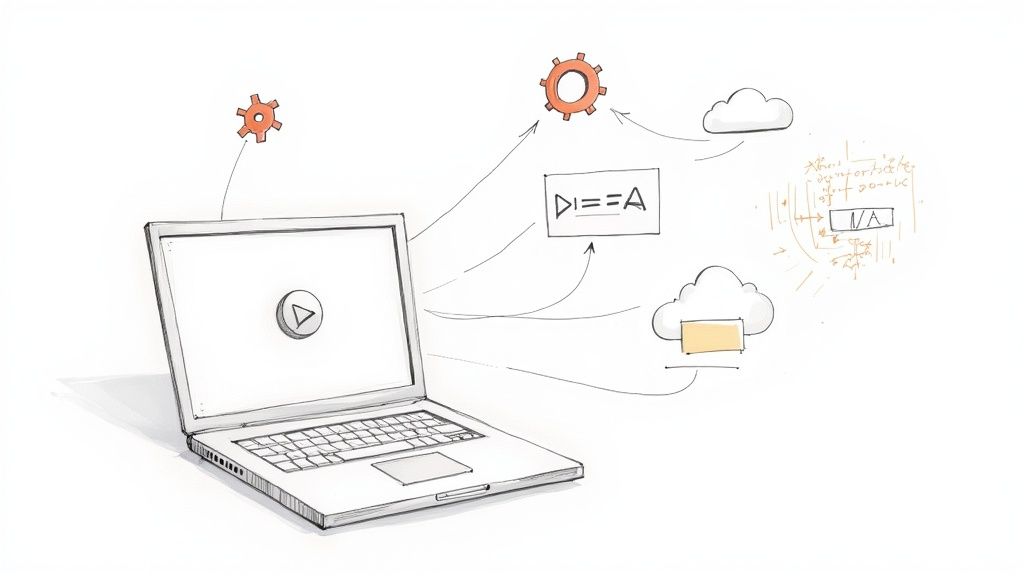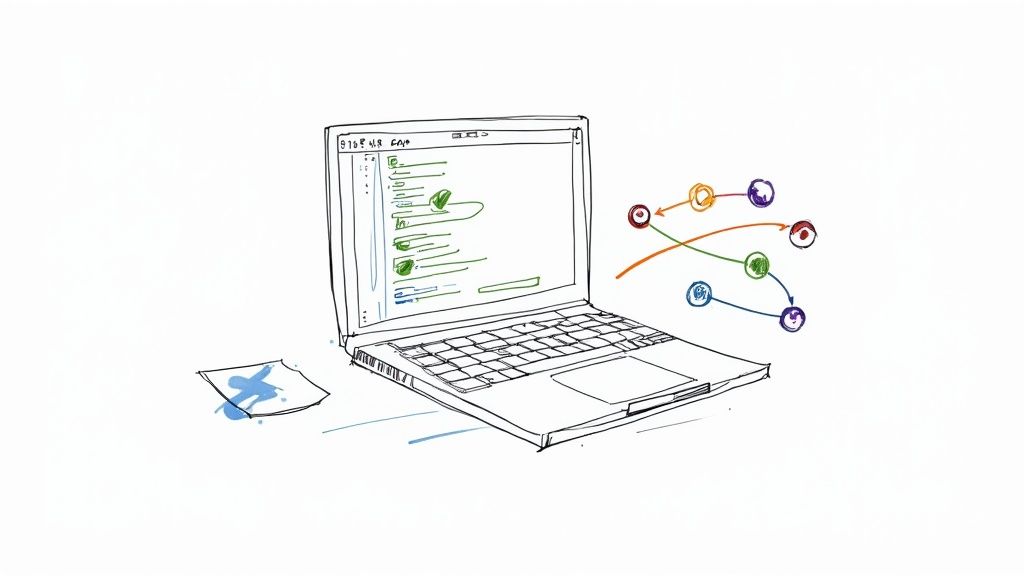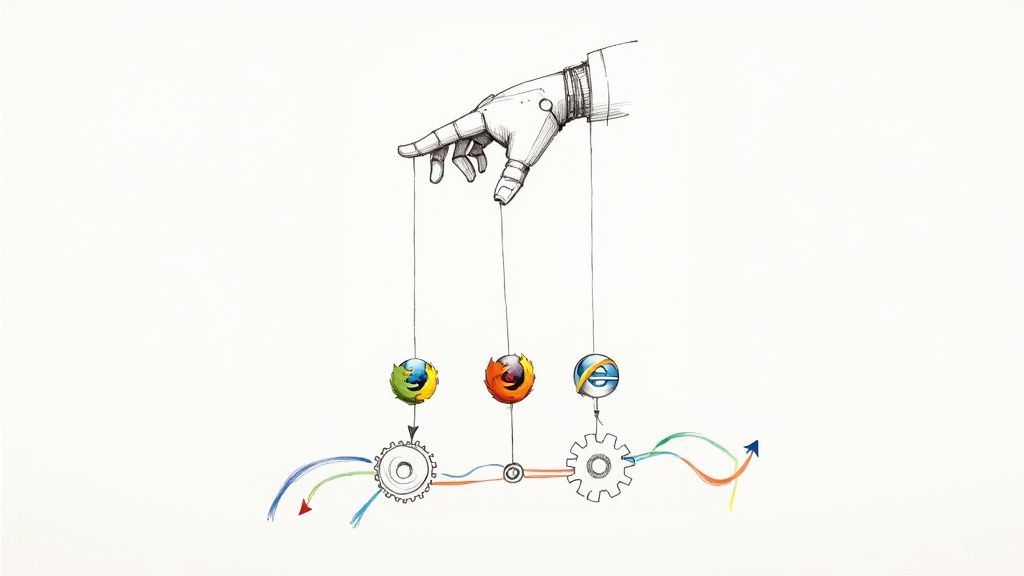Small Team and Merge Queues, Why Does It Matter?
Managing code without a merge queue is like playing Jenga with code commits. Merge queues, essential for any team size, automate and systematize merges, boosting developer efficiency and maintaining software stability. This tool is vital for streamlined, error-free development.

Imagine you're playing Jenga, but instead of wooden blocks, you're carefully stacking code commits, one on top of the other. Now, imagine your teammates are also adding their blocks to the structure, and you've got yourself a real party—or a recipe for disaster when the codebase comes tumbling down! This is the daily game for small development teams without a merge queue. The thing is, just like you wouldn't use a catapult to play Jenga (unless you're into extreme sports), you shouldn't manage your code merges manually if you want to maintain your sanity and your software's stability. That's where merge queues come into play—pun intended.
What is a Merge Queue?
A merge queue is like the nightclub bouncer of the coding world, deciding which pieces of code get to join the 'master branch party' and in what order. Initially, merge queues were designed and used by big-league development teams with complex CI/CD pipelines where a single misstep could mean catastrophe. They ensured that pull requests were updated, tested and merged systematically, preventing the software equivalent of spilling a drink on the DJ's turntable.
The Myth of Team Size
The early days saw merge queues as a tool only large teams could afford, much like a limousine for a night out. However, the reality is more like a rideshare; it doesn't matter if you're with a small group, the efficiency and convenience benefits remain the same. For agile teams firing out pull requests faster than a caffeinated coder on a deadline, a merge queue isn't just a nice-to-have; it's as essential as coffee on a Monday morning.
Small Team, Big Dreams, and Merge Queues
For small teams, wearing multiple hats isn't just a fashion statement—it's a way of life. With the pressure to manage more tasks, automating processes like merging becomes as critical as a good project manager. A merge queue automates the integration process, ensuring that every code change is lined up, tested, and merged without the need for a human traffic controller waving flags every time a commit lands.
Automation: The Gear Shift for Developer Velocity
Using a merge queue is like putting your car on cruise control for a long highway stretch, allowing your team to focus on the horizon rather than the mechanics of shifting gears. In a world where developer velocity is king, automation is the chariot that takes you there. Merge queues provide this by seamlessly integrating with your CI/CD practices, ensuring that your software delivery is as smooth as the interface of a well-designed app.
Conclusion
A merge queue is more than just a technical tool; it's a philosophy. It stands for the belief that no team, no matter how small, should juggle code and risk crashes that could've been avoided. It's a commitment to developer velocity and a tribute to the developer experience. So, whether you're a lone wolf or part of a small pack, embrace the merge queue. Your future self, juggling tasks with the dexterity of a circus performer but with none of the associated risks, will thank you.
And with that, let's merge this article into your brain's master branch. Happy coding!





